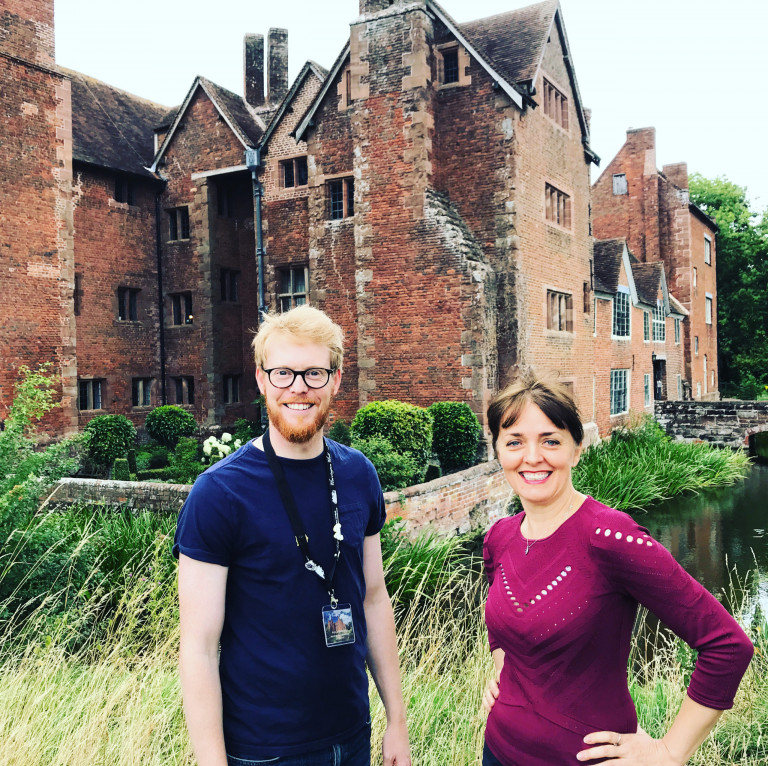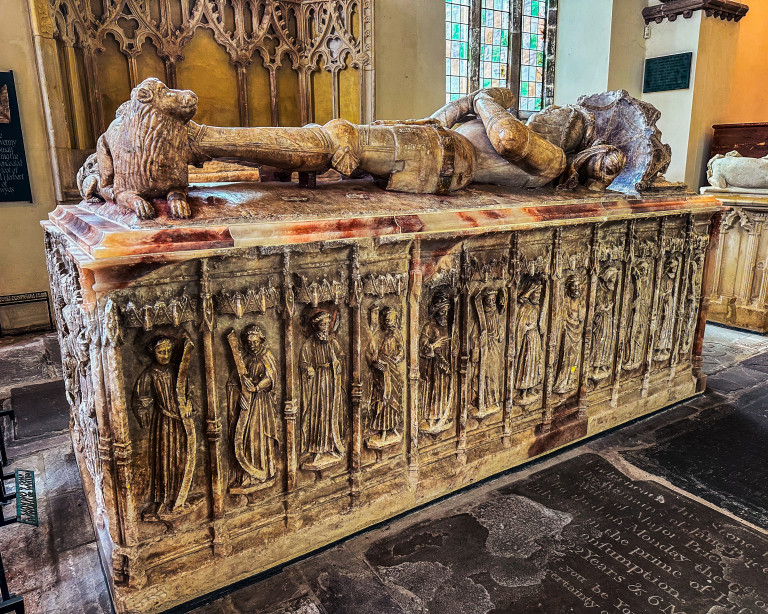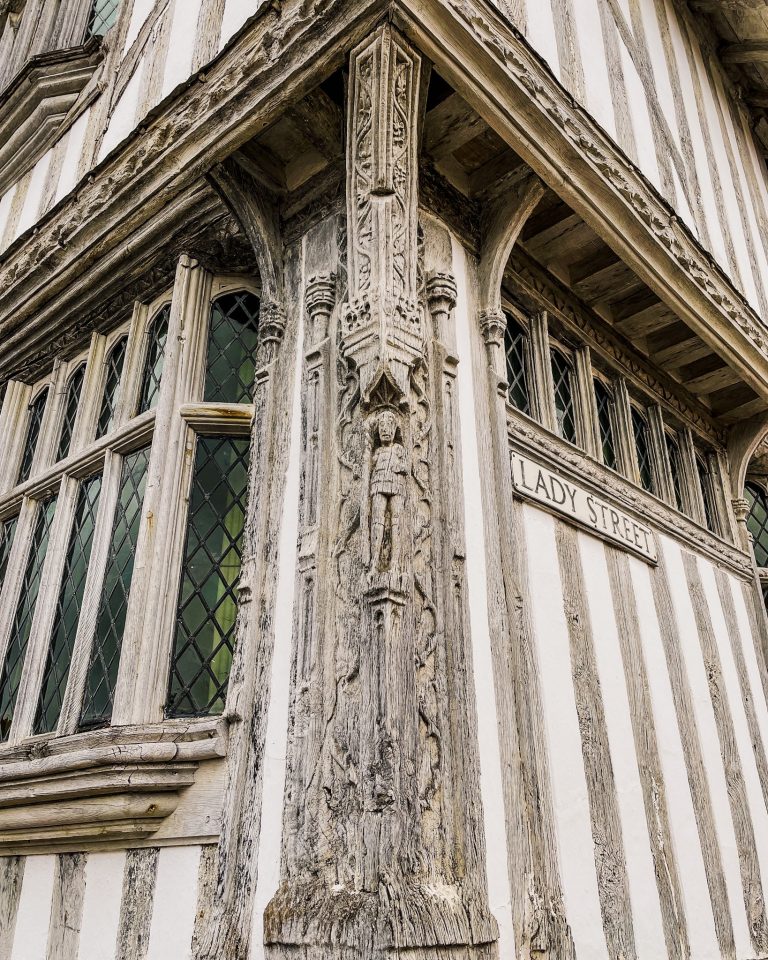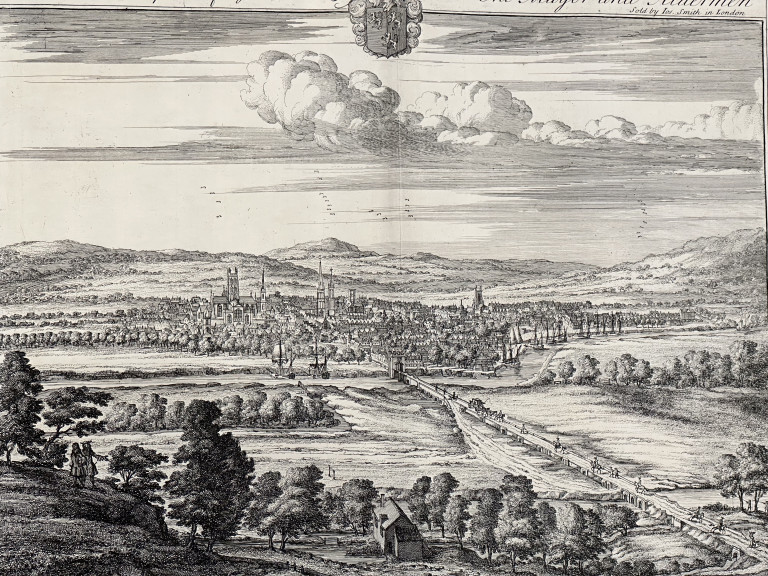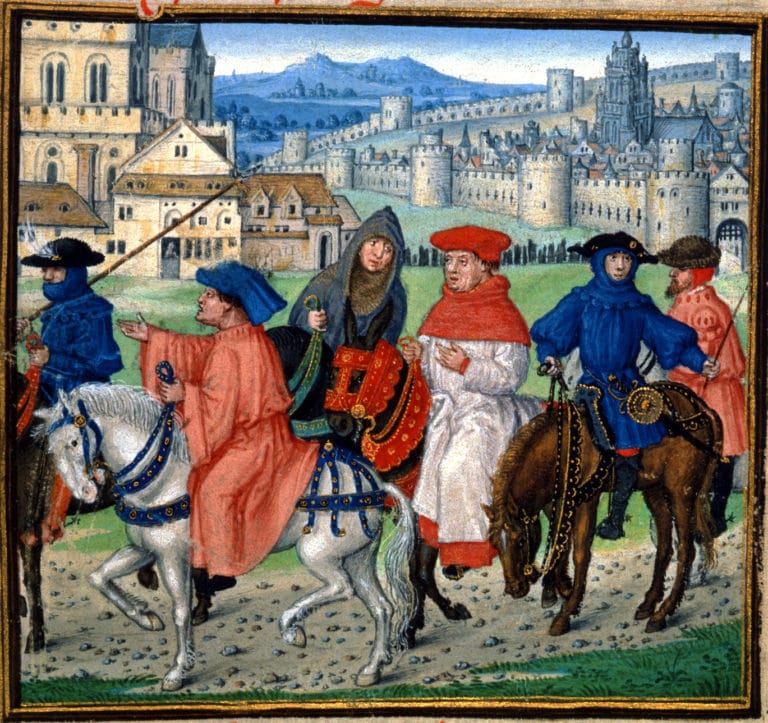Marriage, Tudor Style: Love, Hate & Scandal.
I am delighted to be hosting a stop on Sylvia Barbara Soberton’s virtual book tour for her new book, Marriage, Tudor Style: Love, Hate & Scandal.
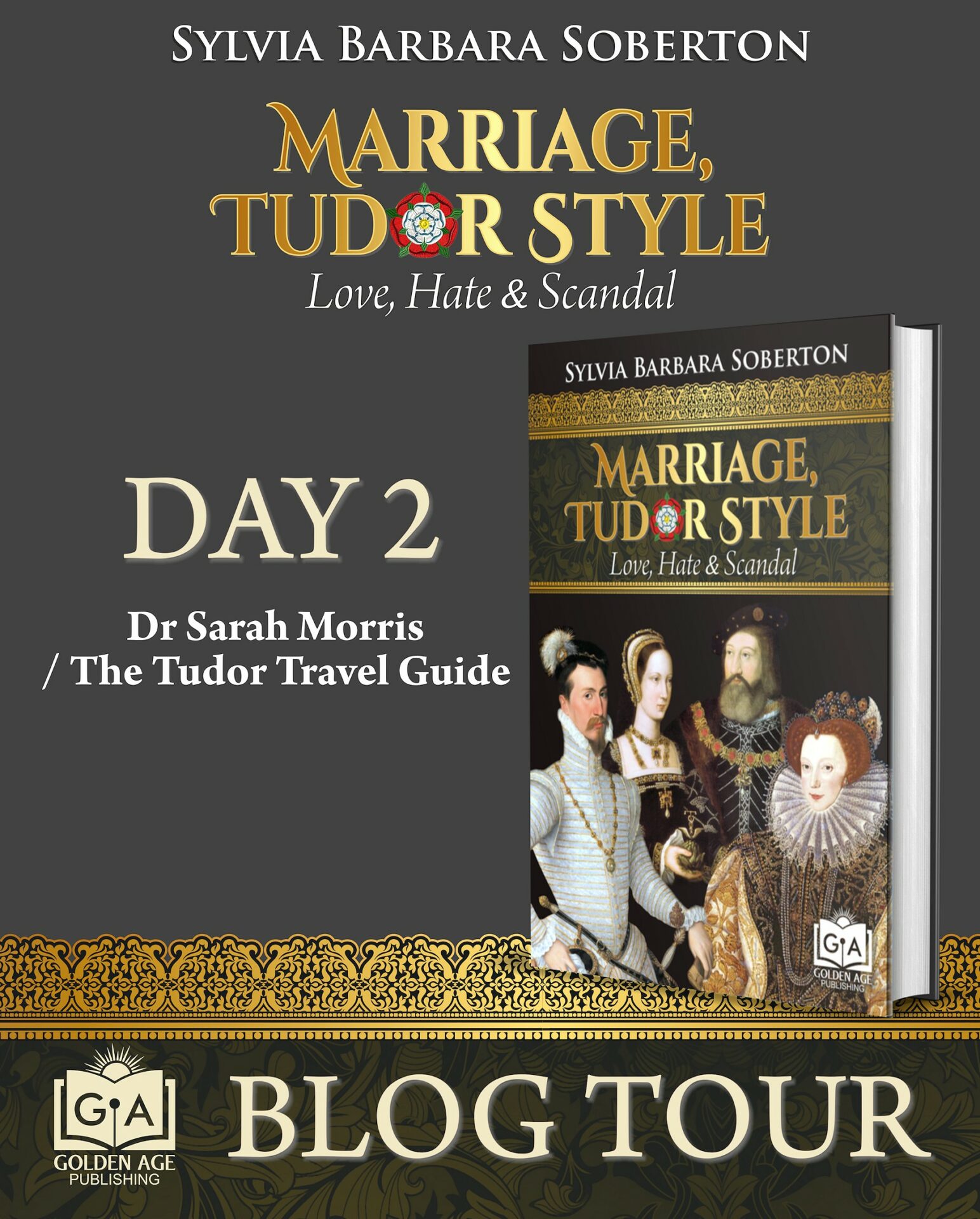
Sylvia Barbara Soberton is a writer and researcher specialising in the history of the Tudors. She has written ten books to date, and her newest titles include The Forgotten Years of Anne Boleyn: The Habsburg & Valois Courts, Ladies-in-Waiting: Women Who Served Anne Boleyn and Medical Downfall of the Tudors: Sex, Reproduction & Succession. Her ground-breaking paper on Anne Boleyn and the accusation of witchcraft was published in the Royal Studies Journal in 2023.
Book Synopsis
The newly-wed Anne Hastings faced her husband’s wrath when her affair with William Compton was made public. Mary Tudor married to satisfy her brother’s political need to ally with France, but when her decrepit royal husband died, she married the dashing Charles Brandon for love. William Parr, humiliated by his wife’s extramarital affair, sought a divorce to marry the woman he loved.
Trapped in loveless marriages, women like Anne Parr and Anne Grey eloped with their lovers, risking their reputations and livelihoods to find personal happiness.
Courtiers like Mary Boleyn, Margaret Douglas, Edward Seymour and Robert Dudley faced royal wrath when marrying for love. Some returned to royal favour, but others languished in prison, dying without obtaining a pardon.
Teeming with unforgettable stories, scandals and courtiers who followed their hearts over their duties, this book is a must-read for anyone who loves a blend of intrigue, romance and historical splendour set against the backdrop of the Tudor court.
“Incomparable Consorts”: The Monument Of Katherine Grey & Edward Seymour At Salisbury Cathedral
This blog is an excerpt from Marriage, Tudor Style: Love, Hate & Scandal, which steps into the world of scandalous Tudor-era marriages. It’s over to Sylvia to tell us about the shocking marriage of Lady Katherine Grey and the tragic aftermath…
‘Katherine Grey, younger sister of the executed Lady Jane Grey, had a tragic life and even more tragic death. Katherine’s secret marriage to Edward Seymour, Earl of Hertford (son of the executed Lord Protector Somerset) made her the target of Queen Elizabeth I’s wrath. The couple married in 1560 without the Queen’s consent. As heiress to the throne under the terms of Henry VIII’s last will, Katherine’s marriage was a matter of state, and under the Royal Marriage Act of 1536, it was treason for anyone with royal blood to marry without the sovereign’s consent. Katherine’s pregnancy further irked the Queen, who decided to launch an investigation of her cousin’s marriage. Although the marriage certainly took place, the ceremony itself was hushed and irregular. The identity of the priest who officiated was unknown, and the only witness, Hertford’s sister Lady Jane Seymour, died several months after the wedding. Elizabeth I’s verdict was that the marriage was null and void and son born to Katherine and Edward in September 1561 was illegitimate. This did not stop the spouses from meeting in the Tower of London and conceiving another child – their second so, Thomas, was born in February 1563.
Both Katherine and Edward were imprisoned, first in the Tower of London, then under house arrest. They would never see each other again after 1562. Katherine’s first residence was Pirgo Palace in Essex (no longer extant) where her host was her uncle, Sir John Grey. Katherine continued to write letters to Edward and William Cecil, in hopes that Elizabeth I’s anger would melt away. On 6 November 1563, she wrote to Elizabeth, craving “pardon for my disobedient and rash matching of myself without your Highness’s consent.” Describing herself as a “most unworthy creature”, Katherine wallowed in self-pity, begging to be restored to Elizabeth’s good graces. Katherine’s plea made little impression on the Queen, who didn’t send any reply to her heartbroken cousin.
It was at this time that Katherine started sliding into depression. She was not even twenty-five yet, but she was ill in body and soul. She was emaciated after persistently refusing to eat, her face and eyes were swollen from constant crying, and her mood was becoming increasingly dark. Sir John implied he was afraid Katherine might commit suicide while in his care.
Sir John’s death in November 1564 meant that Katherine would move from Pirgo in Essex to Cockfield Hall in Yoxford in Suffolk where Sir Owen Hopton was her gaoler. Katherine died there on 26 January 1568. The exact cause of her death remains unknown but Katherine was known to stop eating while depressed, so it is likely that she died of self-starvation. Queen Elizabeth reportedly “expressed sorrow at her death, but it is not believed that she feels it, as she was afraid of her.” Sir Owen Hopton was granted a sum of £216 for Katherine’s funeral expenses.
Katherine was buried at St Peter’s Church in Yoxford on 21 February 1568; Queen Elizabeth made sure that her despised kinswoman was buried as befitted her rank and station. Katherine’s husband and two sons outlived her. Edward Seymour, Earl of Hertford, remarried twice more but had no more children; he died on 6 April 1621 at the ripe old age of eighty-two. Edward’s sons by Katherine Grey predeceased him, and so it was his grandson William Seymour who inherited the earldom of Hertford.
It is often claimed that it was William Seymour who erected a splendid monument for Katherine Grey and Edward Seymour at Salisbury Cathedral. However, it has been recently proposed by Graham Bathe and Andrew Douglas that the tomb was erected on Edward Seymour’s orders. William showed scant interest in funeral monuments (he did not, for example, erect monuments to his children) and was not close to his grandfather, whereas Edward ordered four monuments for the members of his closest family. Although the Salisbury monument was not constructed until after Edward Seymour’s death, it is believed that the inscriptions were drafted during his lifetime.
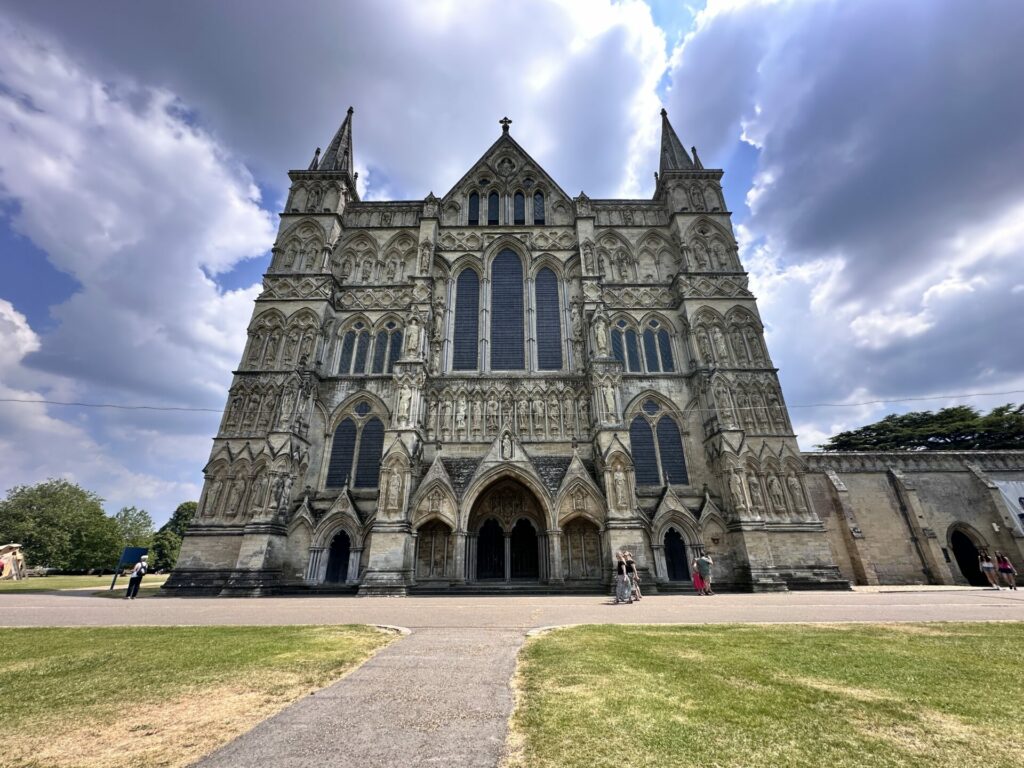
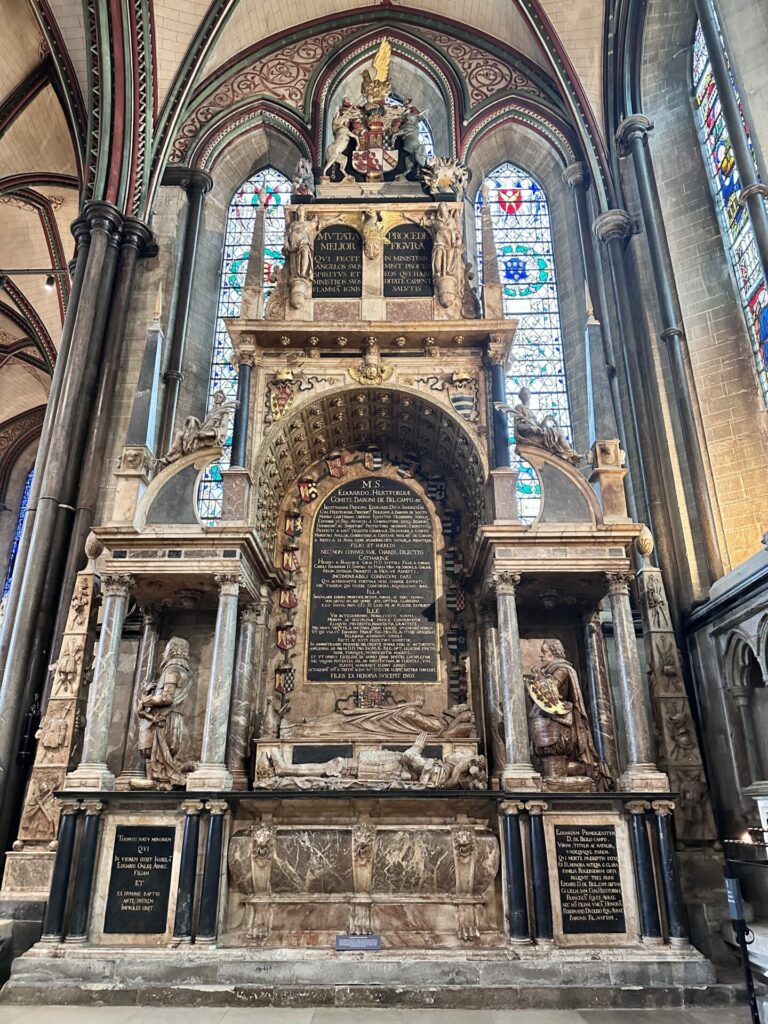
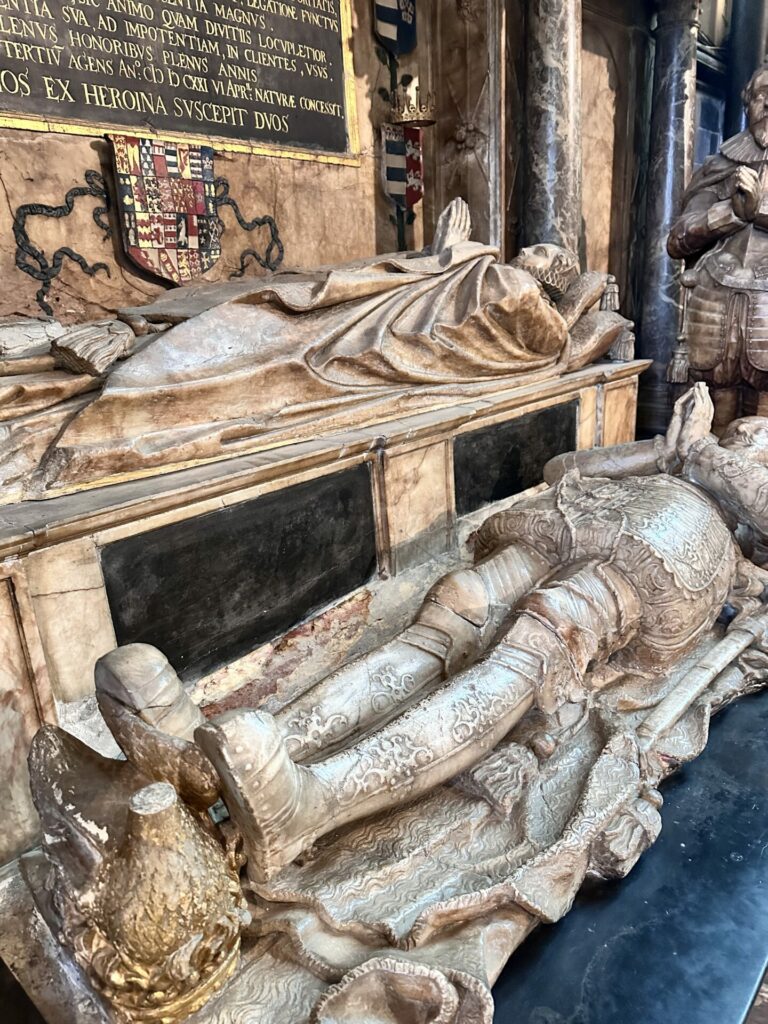
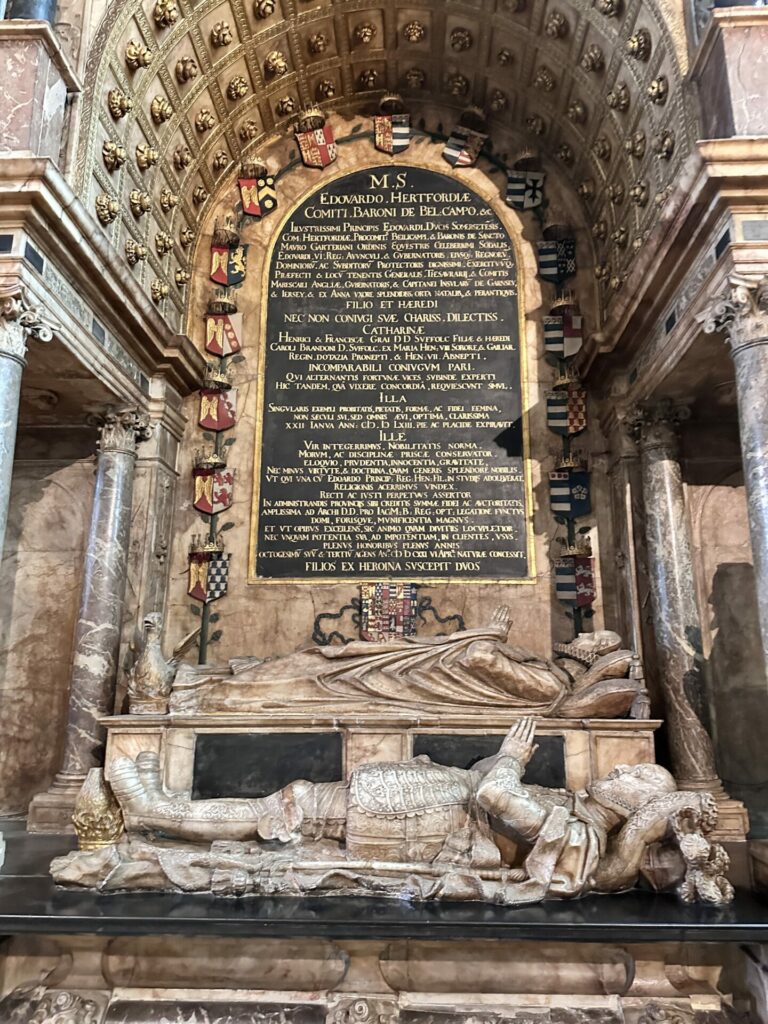
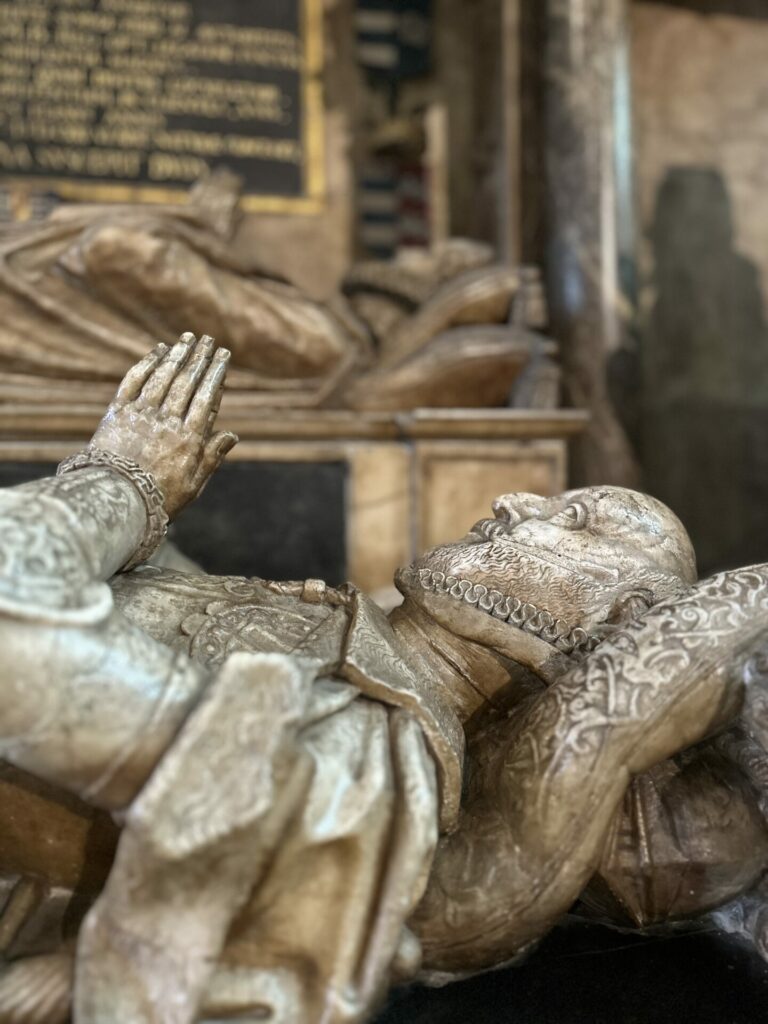
The tomb of Katherine Grey and Edward Seymour at Salisbury Cathedral. Unusually Katherine is positioned higher than her husband, because of her family status. Images © The Tudor Travel Guide.
The Hertford Monument is a remarkably tall structure built to commemorate and honour the marriage of Katherine Grey and Edward Seymour. Katherine’s effigy is placed higher than Edward’s to denote her higher social standing than his – she was descended from kings and queens on her maternal and paternal sides. Latin inscription above the recumbent figures of Katherine and Edward extolls their illustrious lineages and their virtues. The inscription also acknowledges that: “Repeatedly they experienced the vicissitudes of fortune. Here at length they rest together in the same harmony with which they lived.”
It is often stated that Katherine and Edward are buried together at Salisbury Cathedral but there is no actual evidence that Katherine’s remains were transferred from St Peter’s Church in Yoxford. The Salisbury Cathedral burial register records that Edward Seymour was buried there on 24 May 1621 but there is no mention of Katherine. Bathe and Douglas point out that “the monument itself makes no such claim, and there is no evidence from either Salisbury or Yoxford for this.” However, they also point out that reburials were not always recorded in the cathedral register.
Antiquarian Robert Reyce (1555-1638) curiously noted that “the bowels of the Lady Katherine, wife of Edward Seymour Earl of Hertford” were buried “in the Church and Chancel at Yoxford.” He didn’t mention her skeletal remains. According to the catalogue of St Peter’s Church, Katherine’s body was embalmed before burial and her coffin was later transferred to Salisbury Cathedral. However, the parts removed during the embalming process were buried in a separate casket and are still buried at Yoxford.
It would be comforting to know that the spouses cruelly separated by Queen Elizabeth I were reunited in death for eternity.’
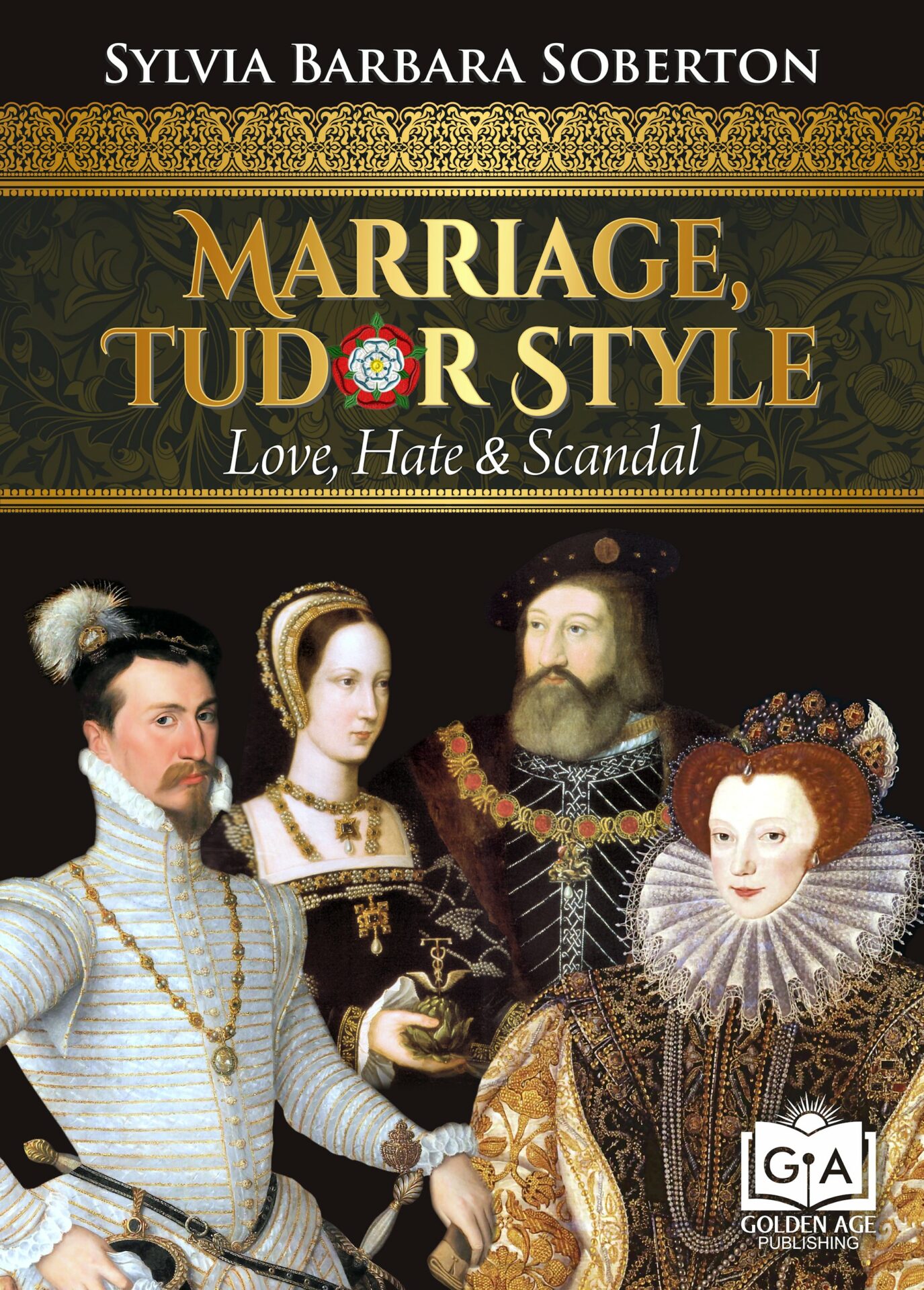
Links & Resources
If you would like to learn more about scandalous Tudor marriages, Marriage, Tudor Style: Love, Hate & Scandal is available to purchase in hardback, paperback or Kindle edition. The link to purchase a copy on Amazon UK is here, and Amazon US is here.

Sylvia is a writer and researcher specialising in the history of the Tudors. She is best known for The Forgotten Tudor Women book series, which concentrates on shifting the perspective from famous figures like Henry VIII’s six wives to the lesser-known, but no less influential, women of the Tudor court. Her work on the women who served Anne Boleyn was profiled in Smithsonian Magazine, The Express and History of Scotland Magazine. Sylvia is also a regular contributor to the Ancient Origins website and magazine. She regularly talks about her books and research on podcasts such as The Tudors Dynasty, Not Just the Tudors, Talking Tudors and many more.

